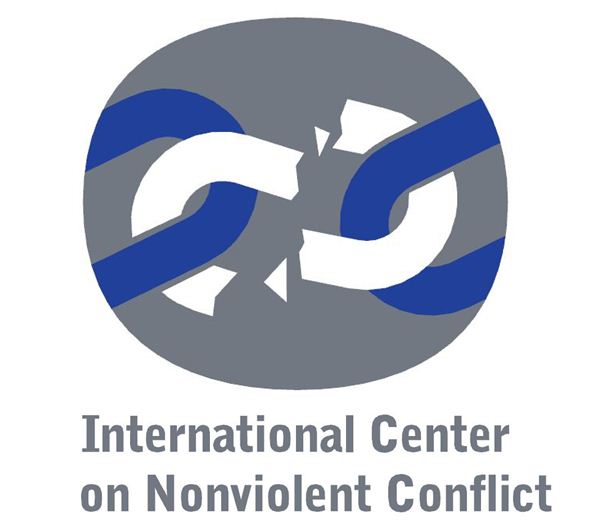No name
This introduction to a substantial report on the latest phase in Kyrgyz politics provides an analysis of the events of October 2020 to February 2021 against the background of the recent political past, including the legacy of the anti-Uzbek violence in 2010.
Scholarly critical biography drawing on 90 volumes of Gandhi’s writings, arguing Gandhi aspired to be a world saviour. Author comments on inaccuracies in Gandhi’s own account of the South African campaigns, and provides incisive analysis of Gandhi’s political role and campaigns in India.
Examines destalinization in Poland and why the Polish 1956 uprising avoided bloodshed, making comparisons with Hungary and its 1956 Revolution, see pp. 79-80 and 87-123. These events are set in the wider context of Soviet and bloc politics.
Similar material is contained in: Vladimir Ilic, Otpor - An Organization in Action, 2002 , pp. 54 .
Biography by British journalist. Covers the major protests of 2007 as well as 1988.
Documents from the soldiers’ resistance to the Lebanon War, the First Intifada and the Second Intifada.
Discusses community campaign in County Mayo on west coast of Ireland against a planned gas pipeline and refinery. The campaign involved fasting, blockades and civil disobedience by five men who defied compulsory purchase orders and went to jail. (See also Rossport 5 and Siggins below)
General analysis of impact of opencast (strip) mining which spread in Britain in the 1980s. Chapter 7 ‘Changing Patterns of Protest’ (pp. 167-206) looks at the collaboration between the National Union of Miners’ Support Groups and environmental groups to oppose mines creating pollution, and examines the turn from conventional protest to direct action.
Chapter 6, ‘Feminists fight back’ (pp.169-224) covers the protests in Britain against male violence, and also constructive organizational responses and the campaign for legal change and challenges to prevailing attitudes.
A discussion on the need to solidify a culture of nonviolence and peace education as the starting point for elaborating broader educational strategies and systems for peaceful coexistence.
Includes assessment of nonviolence.
Analysis of evolution of opposition from 1983: from saucepan banging, one-day general strikes and 250,000 strong rally on the last Sunday of November 1983 (the traditional day for elections); the electoral politics of 1984 and public sector strike of January-February 1985.
On the development of the ‘Red Power’ movement rejecting white culture.
‘Exchange analysis’ between organizers of two protests against Chemical and Biological Weapons (CBW) weapons production, the first a 21 month campaign at Fort Detrick from January 1960, the second planting a tree inside the base.
From his central insight that some movements could not recognise when they were succeeding, Bill Moyer constructed his model MAP - Movement Action Plan - as a tool for strategic analysis for nonviolent movements. The book includes case studies of five US movements: civil rights, anti-nuclear energy, gay and lesbian, breast cancer and anti-globalization.
Study of the Spanish tax resistance campaign against military expenditure, launched in the early 1980s and still continuing.
An extensive examination of the possibilities and implications of artificial intelligence applied to the battlefield, from drones to 'killer robots', with varying degrees of autonomous ability to make decisions without human intervention. Scharre interviewed engineers creating new weapons and those in the military who might use them. He disagrees with campaigners seeking a total ban, which he thinks impossible, arguing instead for ensuring a minimum degree of human involvement in their deployment.
See also: Trying to Restrain the Robots', The Economist, 19 Sept. 2019, pp. 26-27.
A succinct examination of autonomous weapons and of issues arising, starting with the 'Harop' drone produced by Israeli Aerospace Industries, which can be classed as either a remote-controlled weapon or as an autonomous robot, depending on its software at the time. The article reports briefly on the Campaign to Stop Killer Robots, a coalition of 89 NGOs, and concludes by noting that in 2017 the UN Convention on Certain Conventional Weapons (also known as the Inhumane Weapons Convention, agreed in 1980) appointed an expert group to examine the implications of autonomous weapons and different approaches to controlling their use.
Combines two earlier collections of songs and participant memoirs, We Shall Overcome (1963) and Freedom is a Constant Struggle (1968). Compiled by veterans of the Highlander Folk School (later Center), Tennessee – the adult education centre described as an ‘incubator’ for the Civil Rights movement.
Includes interesting material on Solidarity’s underground period after December 1981.
Describes the cultural project of musician Arnold Ap in the 10 years before he was killed by Indonesian troops, how at first it exploited the limited radio space granted by Indonesia and later became a more open challenge to Indonesian repression.

 The online version of Vol. 1 of the bibliography was made possible due to the generous support of the
The online version of Vol. 1 of the bibliography was made possible due to the generous support of the  The online version of Vol. 2 of the bibliography was made possible due to the generous support of
The online version of Vol. 2 of the bibliography was made possible due to the generous support of